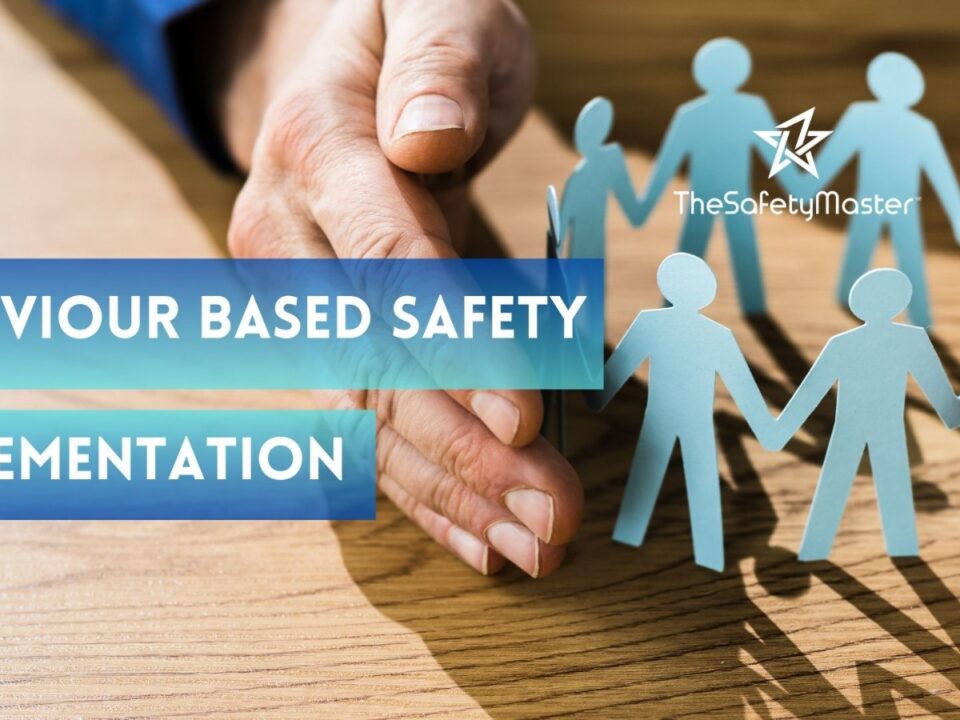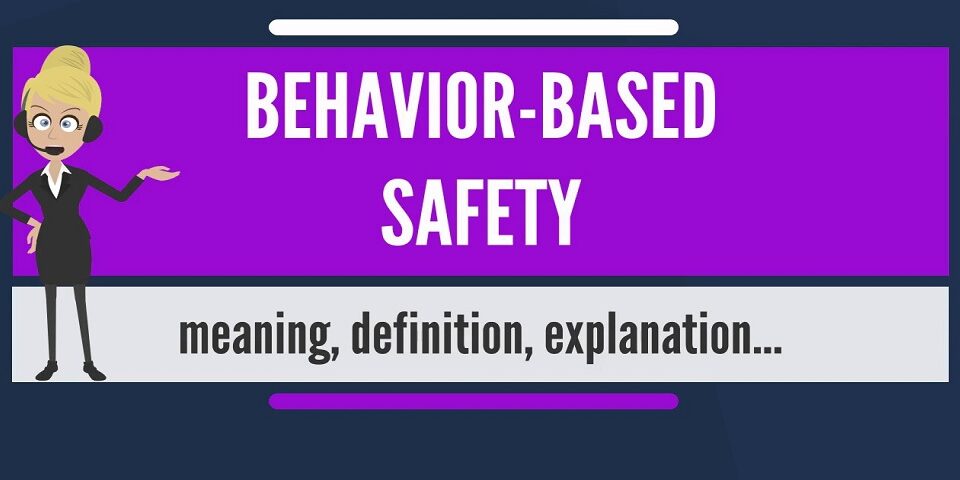Effective Initiatives for Behavior-Based Safety Training and Implementation – The Safety Master

Safety Risk Assessment by What if Analysis, FMEA and Checklist Method
September 28, 2023
Behavior-Based Safety Controversies: The Safety Master
September 29, 2023Behavior-Based Safety (BBS) is a systematic approach aimed at improving workplace safety by focusing on human behavior. It’s a comprehensive strategy that encompasses Behavior Safety Training and Behavior-Based Safety Implementation to create a safer work environment.
Behavior Safety Training is the foundation of BBS. It starts with educating employees about safe behaviors and practices. Training sessions provide valuable knowledge on identifying hazards, risk assessment, and the importance of adhering to safety protocols. These sessions are designed to empower employees with the information needed to make safer choices in their daily tasks. Behavior Safety Training often involves interactive workshops, lectures, and hands-on exercises to ensure effective learning.
Once employees are equipped with the necessary knowledge, the next step is Behavior-Based Safety Implementation. This phase focuses on integrating safety practices into daily routines. Key aspects of BBS implementation include:
- Observations and Feedback: Employees and supervisors observe and provide feedback on each other’s safety behaviors. This collaborative approach helps in identifying areas that need improvement and reinforces safe practices. It also promotes open communication about safety concerns.
- Data Collection: Data on safety observations and incidents are collected and analyzed. This data-driven approach allows organizations to identify trends, patterns, and areas of improvement. It helps in making informed decisions to enhance safety measures.
- Continuous Improvement: BBS is an ongoing process. Organizations continually refine their safety programs based on the feedback and data collected. This ensures that safety practices evolve with changing work conditions and emerging risks.
- Positive Reinforcement: Encouraging safe behaviors is a core element of BBS. Positive reinforcement, such as recognition and rewards for safe actions, motivates employees to consistently follow safety protocols.
- Leadership Commitment: Leadership plays a pivotal role in BBS implementation. When leaders actively support and participate in the program, it sets a strong example for the entire organization.
Effective Behavior-Based Safety Training and Implementation contribute to a safety culture where safety becomes a core value for everyone in the organization. Employees not only follow safety rules but actively contribute to identifying and mitigating risks.
Moreover, BBS helps organizations reduce accidents, injuries, and associated costs. By preventing incidents, companies save on medical expenses, workers’ compensation claims, and potential legal liabilities. Additionally, it improves employee morale and job satisfaction, as workers feel safer and more valued when their well-being is a top priority.
In conclusion, Behavior-Based Safety Training and Implementation are vital initiatives for fostering a culture of safety in the workplace. Through training and ongoing efforts, organizations empower their employees to make safe choices and create an environment where safety is a shared responsibility. By combining Behavior Safety Training with effective Implementation, companies can achieve a safer workplace, reduce incidents, and promote a culture of continuous improvement.




